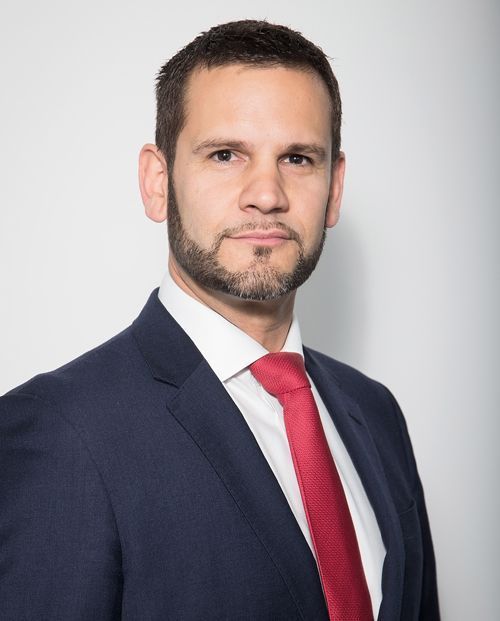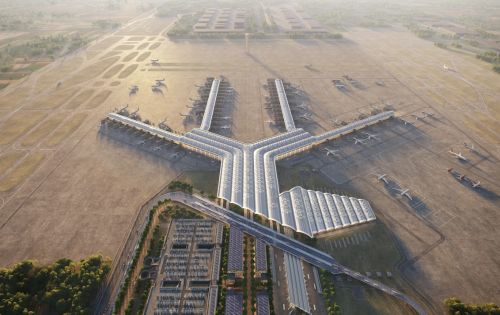In 2017 both Poland and the Czech Republic recorded their second highest ever investment volumes, with respective shares of 39 pct and 27 pct of the total for the region. They were followed by Hungary (14 pct), Romania (8 pct) and Slovakia (4 pct). “With a solid pipeline of transactions set for 2018, we expect another strong year. Our forecast for the full year suggests CEE regional volumes will reach in excess of EUR 12 bln, which could again challenge the new record set in 2017,” says Kevin Turpin, the CEE head of research for at JLL. “2018 has already seen the benefit of deals that slipped from the end of 2017 and Q1 is likely to exceed EUR 3 bln. This year is to be characterised by yield compression for offices and logistics, yield differentiation across the retail sector creating value opportunities in the light of excellent consumer spending growth, and alternative asset classes – residential, student housing – becoming a mainstream discussion, but































































